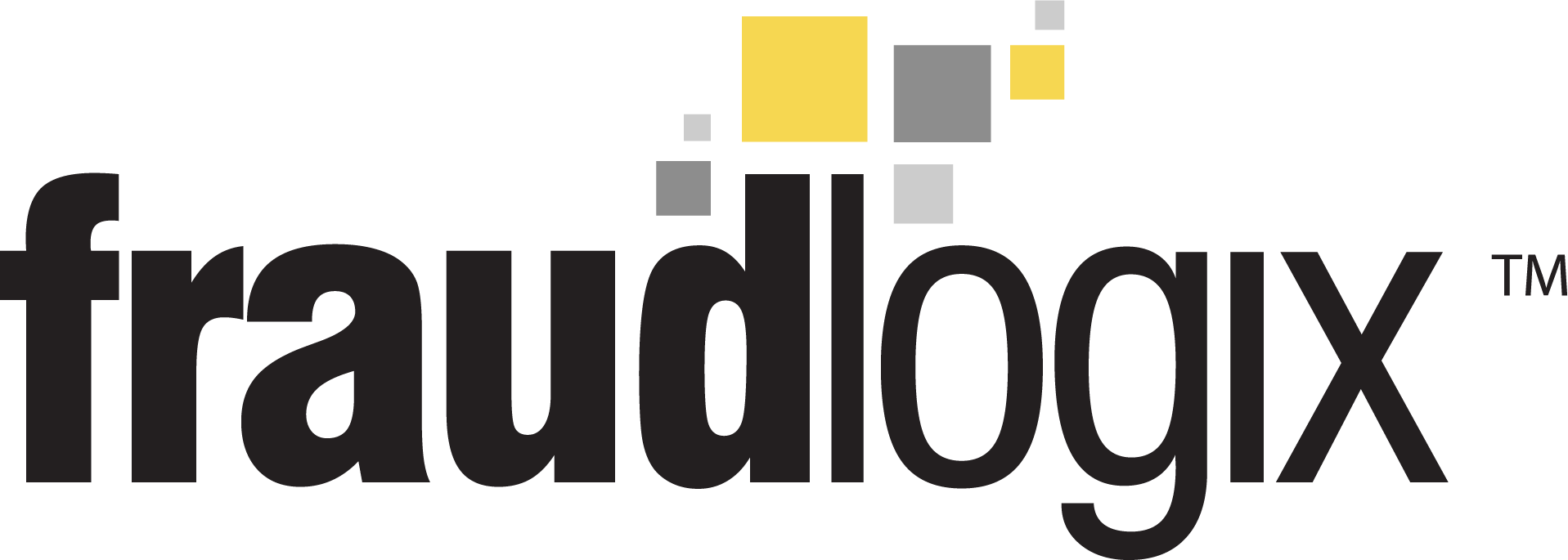In the world of digital advertising, hit inflation and hit shaving are two common practices that can skew the data used to measure the effectiveness of ad campaigns. Both practices can result in inaccurate metrics and harm the bottom line for advertisers.
Hit inflation is when a publisher artificially inflates the number of clicks or impressions on an ad. This can be done through a variety of methods such as using bots to simulate human clicks, or using pop-ups or other methods to increase the visibility of an ad. The result is that advertisers are paying for more traffic than they are receiving.
Hit shaving, on the other hand, is when a publisher artificially reduces the number of clicks or impressions on an ad. This can be done by hiding ads, blocking them from certain users, or using other methods to decrease the visibility of an ad. The result is that advertisers are paying for less traffic than they are receiving, and the metrics used to measure the success of an ad campaign are skewed.
Both hit inflation and hit shaving can be difficult to detect, as they often involve sophisticated methods and technologies. However, there are several ways to combat these practices and ensure accurate metrics.
One way is to use third-party verification services that can monitor ad traffic and detect any suspicious activity. These services can also provide detailed reports on the performance of an ad campaign, which can be used to identify any potential issues.
Finally, it is important to work with reputable publishers and platforms that have strict policies in place to prevent hit inflation and hit shaving. These publishers and platforms should also be transparent about their methods and technologies and should be willing to provide detailed reports on the performance of an ad campaign.



